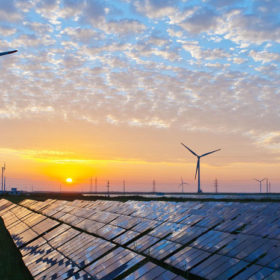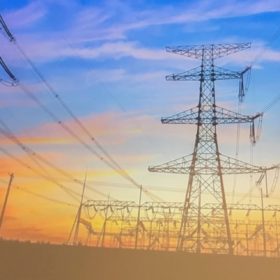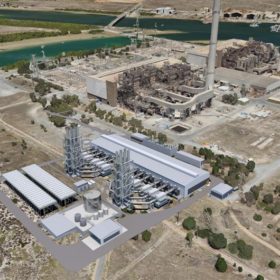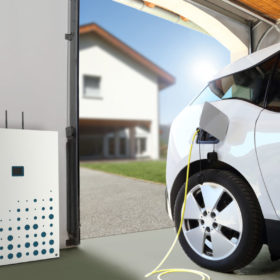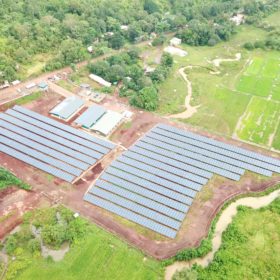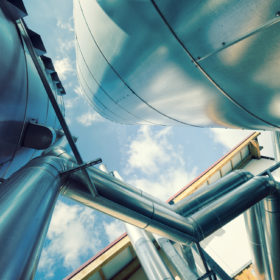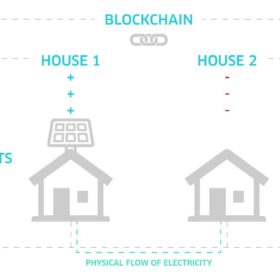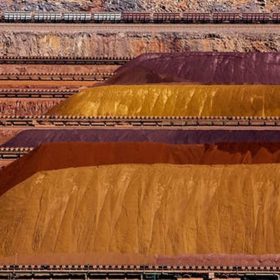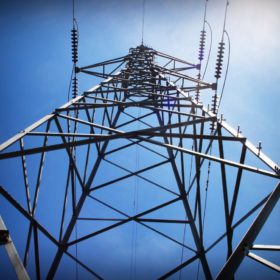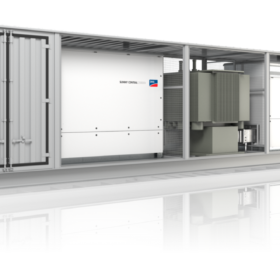The journey to NEM 2.0
Australia made its first moves to open up its energy industry in the 1990s, when the National Electricity Market (NEM) was first created, and many of the rules and regulations from back then are still in place today. But the rise of renewables in the 21st century, argues Clean Energy Investor Group Chair Rob Grant, necessitates a rethink of this market structure.
Clean energy industry fears new transmission access rules will stymie investment
The Australian Energy Market Commission’s proposed transmission access model has come under fierce criticism from the clean energy industry for being unnecessarily complex and likely to increase the cost of capital for future generation and storage investment.
South Australia’s renewables gain dispatchable back-up
South Australia’s renewables, particularly wind, have received firm dispatchable back-up as Barker Inlet Power Station begins generating energy for the first time.
Moixa reaches 100 MWh of virtual power plant capacity in Japan
The company says its network is the largest fleet of batteries under virtual power plant management worldwide.
Investors ready US$20 Million for off-grid solar projects in the energy-stricken Philippines
The Philippines is desperately hungry for rooftop solar PV as it seeks to alleviate itself of energy poverty. Pathways are finally opening up for the vast Southeast Asian nation with investors readying US$20 million to fund four new renewable projects.
New tool to assess costs and benefits of switching to green hydrogen
A result of a collaboration between global accounting and financial services firm KPMG, Canadian gas giant ATCO, Australia’s national science agency CSIRO and Australian Renewable Energy Agency (ARENA), H2City can be used to assess the costs and benefits of regional town or municipality switching to hydrogen.
South Australia set for large-scale, blockchain-enabled virtual power plant
Known for its blockchain-based peer-to-peer platform that allows energy trading between households, Power Ledger is now readying for the first large-scale commercial rollout of its technology in Australia. The Perth-based company has partnered with electricity wholesaler Powerclub to allow households to pool net solar and battery storage and act as a virtual power plant.
Australia could fall apart under climate change. But there’s a way to avoid it
Four years ago in December 2015, every member of the United Nations met in Paris and agreed to hold global temperature increases to 2°C, and as close as possible to 1.5°C. The bad news is that four years on the best that we can hope for is holding global increases to around 1.75°C. We can only do that if the world moves decisively towards zero net emissions by the middle of the century.
AEMO publishes indicative MLFs for 2020-21
The Australian Energy Market Operator (AEMO) expects to see further declines in Marginal Loss Factors (MLFs) next financial year on a number of grid-scale PV projects, primarily in south-west News South Wales and north-west Victoria.
SMA to supply Greenough River second stage
The second stage of the first grid-scale solar plant in Australia, the Greenough River Solar Farm, will deploy German power electronics, with SMA announcing it has picked up a contract to supply the 30 MW development.
